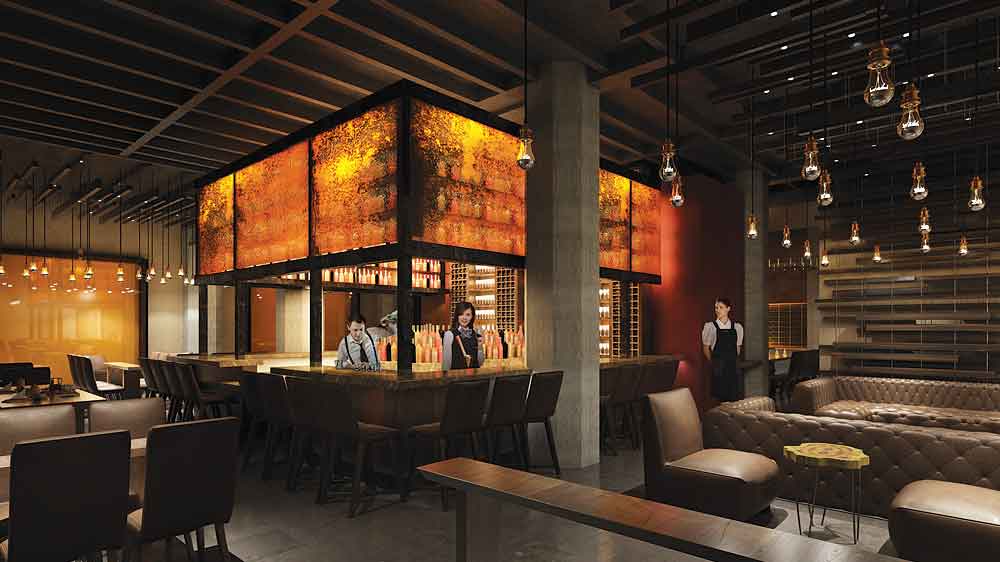Once the restaurant has been set up, and the owner is earning profits, the next step for any successful restaurant business is its expansion. Restaurant owners mainly turn to the franchise route for business expansion because of a lack of time and resources. Starting Franchise Restaurant in Saudi Arabia is a great way to expand your business, where you (the franchisor) license other independent owners (Franchisee) to use your brand name, business model, and processes to sell or provide services on a profit-sharing basis.
How To Franchise Restaurant In Saudi Arabia
People are mostly under the impression that franchising a restaurant is a complicated process. The truth, though, is far from it. Just like any other expansion project, it takes time and effort to franchise restaurants, but that does not mean that it is an arduous process.
If you think you are ready to expand your restaurant business and venture into franchising, here are ten proven steps that will guide you through the entire process.
1. Current Model Evaluation
Before you start looking for business partners and roll out your Franchise Restaurant License, you should evaluate your business from end-to-end. The most crucial aspect to consider is: How scalable is your concept? Can it be systemized and standardized? Often, franchise outlets fail because they are not able to maintain the consistency and standards of the parent brand.
There is always a risk of dilution of brand name if the franchise outlets do not perform well. Also, the current business model needs to be profitable. Evaluate cash flow for the first year and calculate the five-year-return to the franchise.
The cost structure includes the following-
- Initial setup cost
- Infrastructure development
- Equipment required
- Technology
- Marketing plan
- Human resource
2. Robust Process
If your concept is replicable, then you need to establish a robust and efficient process to ensure consistency across outlets. The main aspects are-
- Sales Reporting and Tracking
- Stock and Inventory Process
- Supply Chain Management
- Vendor Management
- Payouts and Commission Management
- Staff Training
Managing the business of multiple Franchise Restaurants can be a daunting task. Thus, using Franchise Management software helps to resolve this issue.
3. Trademark and Logo Registration
When you franchise your restaurant, you give someone the right to use “your” logo and trademark. Hence, registering your brand’s logo and acquiring a trademark is the most important, yet ignored by most brands. Registering for a trademark becomes essential when you begin to think of franchise restaurants. To protect their Intellectual Property (IP), franchisors should get everything registered, to protect against possible fraud.
4. Cost Estimation
After deciding the processes, you need to prepare an initial setup cost or investment plan for franchise restaurants. The top restaurant franchise business models owe their success to accurate cost estimation and cutting down on their food costs, wherever possible. It should have all the possible heads of expenditure.
Based on your restaurant’s business model, divide the initial setup costs.
Infrastructure
- Location (rent for three months)
- Interiors
- Electric and Electronic Fittings
- Furniture
- Branding / Signage (Interior / exterior)
Franchise Fee
- Royalties
Working Capital Requirement (For the first six months)
- Rental
- HR
- Electricity
5. Cash Flow And Financial Projection
Based on the current and the past sales of your restaurant, consider the current cash flow and the financial projections. You should prepare a cash flow for the revenues based on the number of orders per day and multiply it by the average ticket size.
6. Brand Profile
Prepare a brand profile to give your franchisees a better understanding of your business. Provide details about how you compare with the top restaurant franchise in Saudi Arabia. The documents should contain the vision of the brand. It should also provide details about the products and services offered along with the schedule of the opening of the new outlet.
You also need to mention what kind of support you would be providing to franchisees, before and after onboarding. This will enable you to set the right expectations with franchisees. As mentioned earlier, consistency may be lost when you franchise your restaurant, which could tarnish the parent brand’s reputation. To avoid such a situation, create a culture of accountability and transparency right from the start.
7. Franchise Agreement
Since there are no laws specific to restaurant franchising, it is vital to have a registered agreement between the two parties to protect the rights of both the franchisor as well as the franchisee. The Agreement should speak about the terms of payment, business plan, tenure, investment schedule, royalty, and the support the franchisor will provide to the franchise. This precludes the possibility of royalty disputes, once the business has been set up.
8. Training
Standardized training is essential to maintain the same level of service as the parent brand. The franchisor should execute the training of the entire staff, right from the Head Chef to the busboys. The induction and training of the new employees should be done much before the opening of the franchise outlet.
Most successful franchisors prefer to recruit at least a few employees a month or two before the opening of the new outlet and give them hands-on training at the existing outlets to familiarize the recruits with the level of services expected from them. Some franchisors also employ some of their old staff at the new outlet to train the new employees.
9. Marketing and Advertising
Based on the target market, the franchisor can support the franchisee in carrying out their own marketing and advertising or execute marketing activities on their behalf, especially in the initial days. It is vital to have a clear brand guideline for the franchisees to adhere to.
Clearly outline all the tasks that individual franchise outlets are responsible for, such as social media marketing, listing on restaurant review sites, etc. Remember to provide templates, logos, and other brand-specific items such as menu design to ensure consistency across all outlets.
10. Support
The franchisor should clearly spell out the support it will give to the franchise. For example, some franchisors only offer support related to infrastructure development, operations, training, and software, while some also supply raw materials. The terms of support should be mentioned in the Agreement to avoid any confusion later on.
Replicating the success of an already established restaurant is quite a daunting task. There are multiple challenges at each level, the primary ones include maintaining consistency in terms of the taste of the food and the service provided.
The entire guest experience needs to be replicated, almost precisely. By finding the right business partners, franchise owners can minimize risk and get better ROI while expanding their market share. When done right, the restaurant franchise in Saudi Arabia can prove to be a lucrative business approach.



















